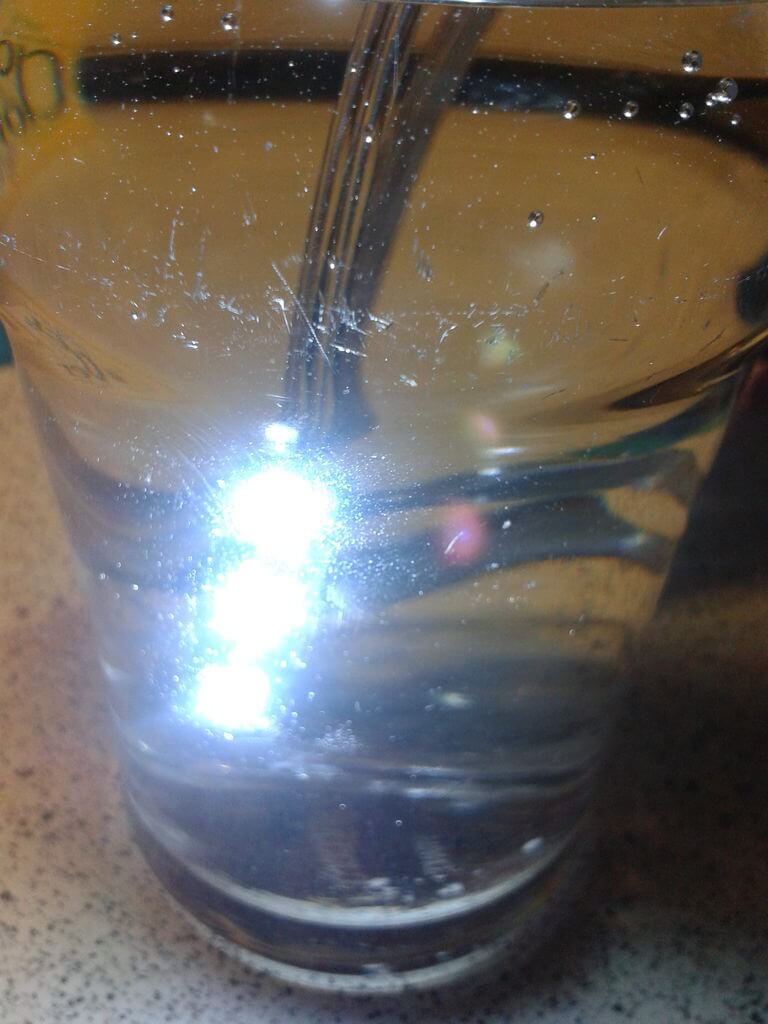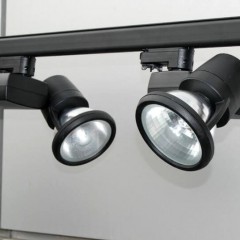Ideas for making moisture-proof LED strip moisture
Method number 1 - Shrink to help!
Perhaps the most reasonable protection option is to use a heat shrink tubing and sealant. Instead of shrinkage, you can also use any other transparent tube, for example, silicone, as shown in the workshop below. All you need to do is pass the LED strip into the tube, cut the length of the tube and seal the edges to protect the backlight from moisture and dust. In addition, it is recommended that the free end of the tube be sealed with a construction hair dryer, and heat shrink on the second. In this case, 100% protection against water ingress will be provided.
This option of home-made waterproof tape is recommended to be used to create illumination of a car or buildings on the street.
If you want to protect aquarium lights from moisture, it is better to use a special LED strip with a degree of protection IP 65, if the lamp is placed above the water and 68, if you want to make underwater lighting in the aquarium. The disadvantage of a home-made protective shell is that the silicone tube (or heat shrink) changes the glow and brightness, and this can negatively affect aquarium fish and plants.
So that you can clearly see how to protect the LED strip with a shrink tube, we bring to your attention a master class in pictures:
Method number 2 - Using varnishes
In outdoor advertising, very often, in order to reduce the cost of light boxes, instead of moisture-proof tape, they offer customers to install the usual IP degree in the best case 23. However, to keep the advertisement glowing for a long time, the moisture protection of the LED backlight is ensured by means of an acrylic insulating varnish, which can protect not only from moisture, but also dust from the LEDs. The cost of varnish is about 700, but it is enough for a lot of such manipulations, so you can save quite well.
At home, instead of a special varnish, you can use transparent, for nails. As the experiment showed, even when the lamp is immersed in water, the LEDs light up normally, as you can see by looking at the photo:
So we have provided 3 ways to protect the diode device from water and dust.Nevertheless, we strongly recommend that you do not save, but use specially designed moisture-proof products, since electricity and water are not compatible and can cause a dangerous situation. Finally, we recommend watching a video on which the degree of protection of products is considered:
We hope that we helped you decide how to protect the LED strip from moisture with our own hands. If you have questions or your own ideas, leave comments under the post!
It will be interesting to read:













